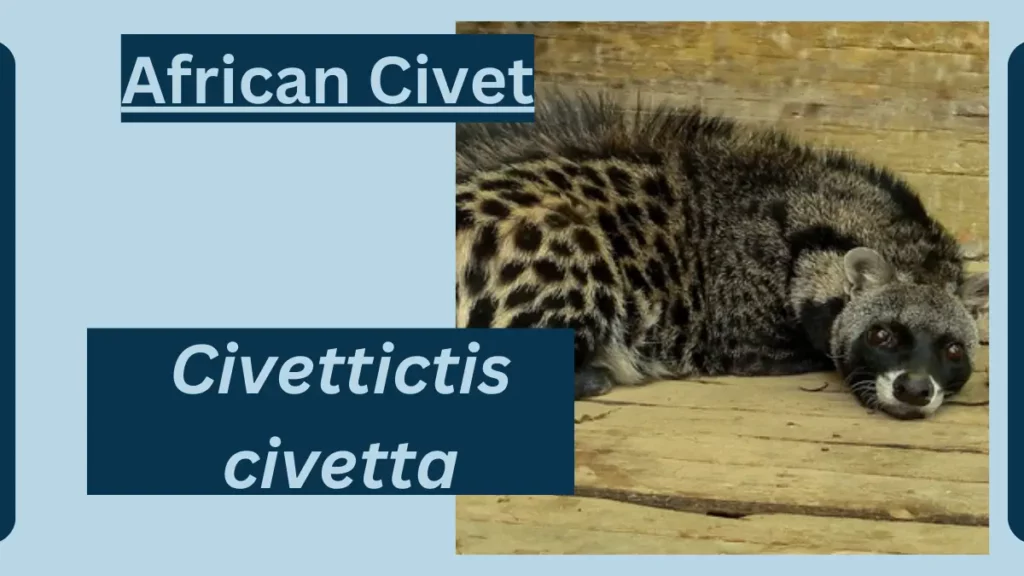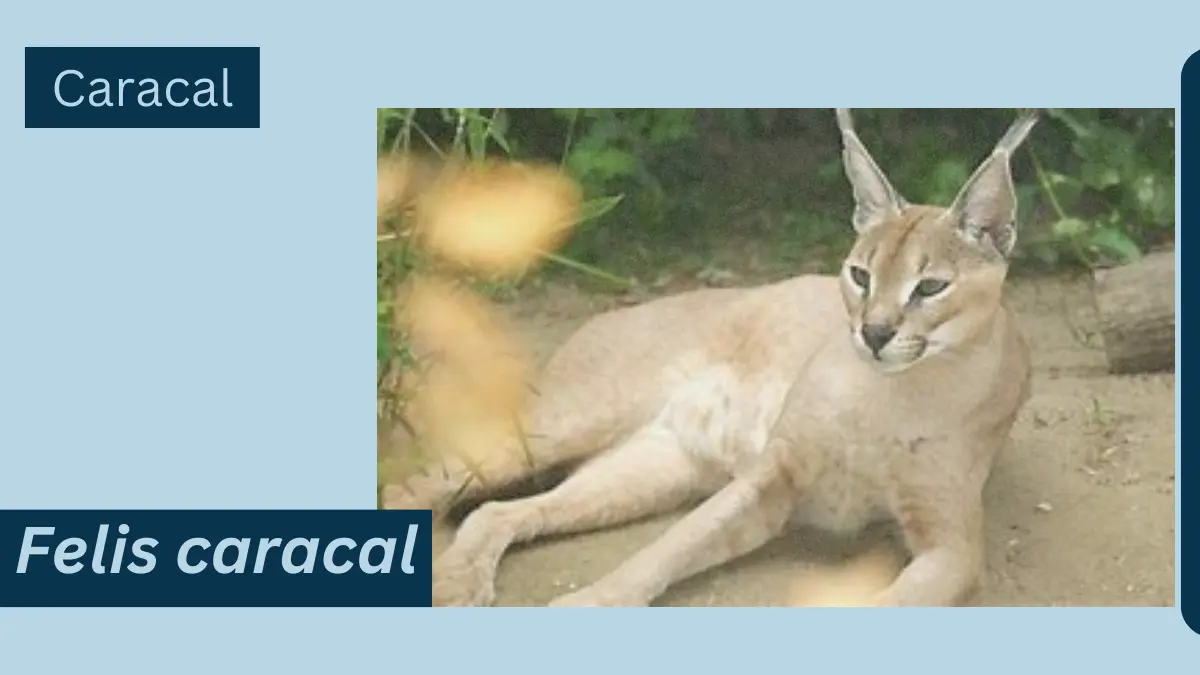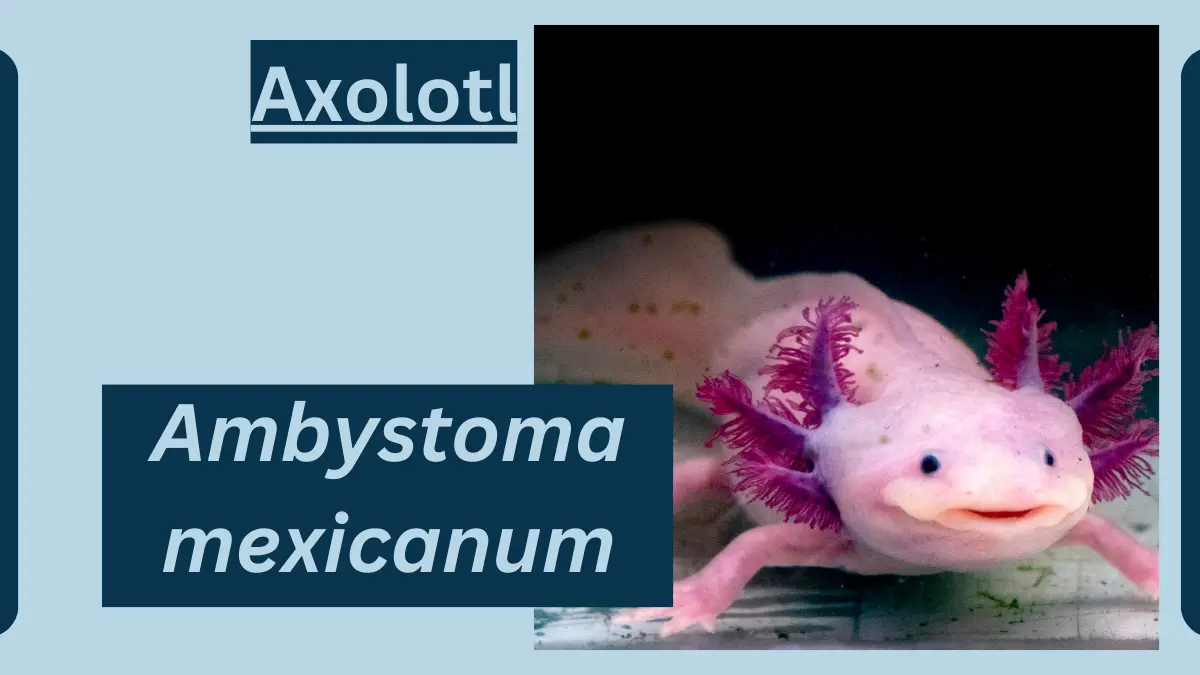African Civet Animal Facts
October 13, 2023
The African civet (Civetia civetta) is a nocturnal mammal that is native to Africa. It is a member of the Viverridae family, which also includes other civets, mongooses, and genets.
African civets are typically about 30 inches long and weigh between 10 and 15 pounds. They have a long, slender body with short legs and a long tail. Their fur is typically gray or brown with black spots.

African Civet
Here are some facts about African Civet:
| Scientific Classification | – Kingdom: Animalia |
| – Phylum: Chordata | |
| – Class: Mammalia | |
| – Order: Carnivora | |
| – Family: Viverridae | |
| – Genus: Civettictis | |
| – Species: Civettictiscivetta | |
| Origins and Evolution | The African Civet is a small carnivorous mammal native to sub-Saharan Africa. It belongs to the Viverridae family and has a long evolutionary history. |
| Characteristics | Mammal’s Anatomy and Appearance: African Civets have a slender body with a coat covered in black spots and stripes. They have a long tail and a pointed snout. |
| Size: They are medium-sized carnivores, typically measuring about 20 to 28 inches (51 to 71 centimeters) in length, excluding the tail, and weighing around 7 to 20 pounds (3 to 9 kilograms). | |
| Distribution and Habitat | African Civets are found in a variety of habitats, including forests, savannas, and grasslands, across sub-Saharan Africa. They are adaptable and can thrive in both rural and urban environments. |
| Behavior and Lifestyle | These nocturnal creatures are solitary and primarily active at night. They are known for their arboreal (tree-dwelling) behavior, excellent climbing skills, and omnivorous diet. |
| Reproduction and Life Cycles | African Civets reproduce sexually, with females giving birth to litters of typically two to four young. The gestation period is around two months. |
| Diet and Prey | They are omnivores, with a diet that includes a variety of foods such as insects, small mammals, birds, fruits, and plant material. They are opportunistic feeders. |
| Predators and Threats | Natural predators of African Civets include larger carnivores like leopards and eagles. They are also vulnerable to habitat loss, hunting, and road accidents in urban areas. |
| Interesting Facts and Features | Civet Coffee: African Civets are known for their role in the production of “civet coffee” or “kopi luwak,” where they consume and excrete coffee cherries, which are then harvested for their unique flavor. |
| Scent Marking: They use scent markings to establish territory and communicate with other Civets. They have perineal glands that produce a strong-smelling secretion. | |
| Relationship with Humans | African Civets have limited direct interaction with humans in the wild due to their nocturnal habits. However, they have cultural significance in some African societies and are sometimes kept as pets. |
| Conservation Status and Life Today | African Civets are listed as “Least Concern” by the International Union for Conservation of Nature (IUCN). While they face threats like habitat loss and hunting, their populations are generally stable. Conservation efforts aim to address these threats. |
Also Read:
File Under:







Leave a Reply